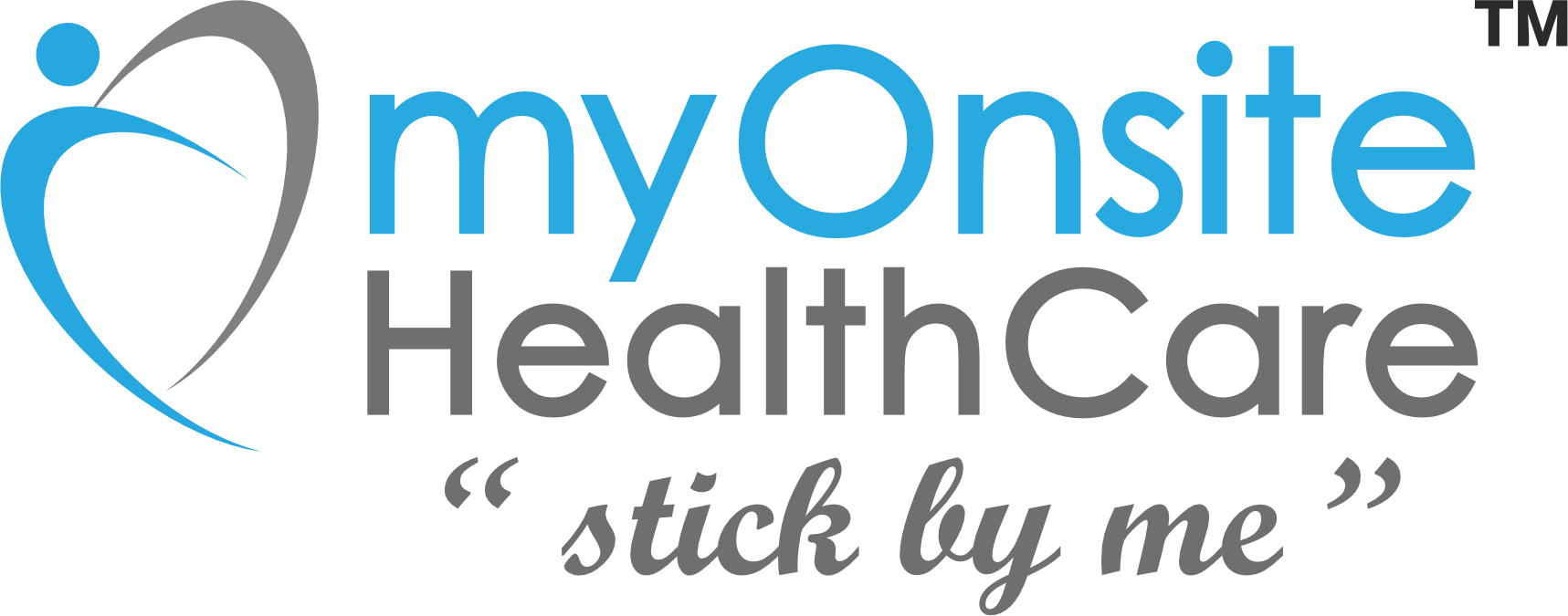Nutrition needs vary with age. Seniors need less energy compared to younger people due to a reduction in body mass and metabolic rate. Plus, health complications can cause very specific dietary requirements. For example, an article here on myOnsite HealthCare mentions that having diabetes will mean you’ll need to avoid foods with trans fats — such as processed snacks and baked goods, and limit sodium consumption to only 2,300mg a day. As such, HelpGuide discusses that having a healthy diet is important at any age, as it makes you stronger and makes you feel better overall. So if you’re looking for ways to make your diet healthier, here are some dietary substitutions you can make:
Whole grains
This is a good substitute for other common carbohydrate sources like white rice and bread. Whole Grains Council states that whole grains can help slow cognitive decline and lower the risk of various conditions such as stroke, heart disease, and colorectal cancer. Moreover, whole grains are very easy for seniors to prepare too, thanks to modern rice cookers.
Take the popular Instant Pot, which can cook grains quickly with just a few presses. It can simultaneously cook other food as well, like vegetables, meat, and fish. Aside from that, it can make porridge, bread, and soft cookies — letting you eat whole grains in more than just one way. Such appliances may be worth the investment if you really want to eat healthier in a convenient way.
Whole eggs
You may have heard some studies state that it’s best to just eat the egg white, since egg yolk has high cholesterol content and can lead to an increased risk in heart disease. However, BBC discusses that while eggs are indeed high in cholesterol, they’re low in saturated fat — and saturated fat is what increases blood cholesterol.
On top of this, researchers haven’t definitively linked cholesterol consumption to an increased risk in cardiovascular disease. Plus, egg yolks are one of the best sources of lutein, which is linked to better eyesight and a decreased risk of eye disease. It also contains choline, a fat-fighting nutrient that can help you manage your weight.
Grass-fed Beef
Simply put, the Nutrition Journal concludes that grass-fed beef is healthier compared to conventional grain-fed beef since it’s naturally leaner and has fewer calories. It also has higher precursors for vitamins A and E, along with antioxidants like glutathione and superoxide dismutase that can fight cancer.
Since grass-fed beef also has higher levels of omega-3 fatty acids, this means it can reduce the risk of heart disease too. Just take note that grass-fed beef can have a distinct earthy flavor.
Veggie Pasta
Your typical pasta is carbohydrate- and calorie-heavy without much nutritional value. While you can make whole wheat pasta, another option is to make zoodles, a term for noodles made from vegetables. To make these, you’ll simply need a spiralizer.
The Hamilton Beach Electric Spiralizer is an electric spiralizer — perfect so you won’t need to tire yourself from cranking a lever. Simply put in the blade and use a metal-edged pusher to get your veggies through. Aside from zucchinis, there are many other things you can make into pasta, such as squash, carrot, parsnip, sweet potato, and beet.
Unsaturated Fats
According to Healthline, there’s an ongoing debate whether consumption of saturated fats, such as dairy products and fatty pieces of meat, is bad for heart health. However, as the elderly have more fragile health, it’s better to play it safe and stick to unsaturated fats. These are loosely-packed fats and come in two kinds.
Monounsaturated fats can lower risks for cardiovascular disease and overall mortality. It includes foods such as avocados and most nuts and seeds. Meanwhile, polyunsaturated fats help with muscle movement and blood clotting. Some examples of foods that have this are fatty fish, like salmon and tuna, and oysters.
Exclusively written for myOnsiteHealthCare.com
By: Rhiya Jasleen
